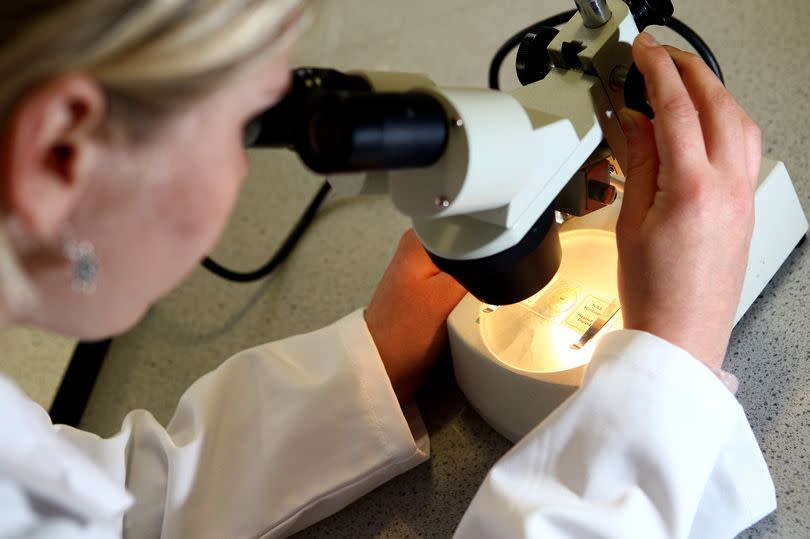Drug-resistant bacteria mapped across Yorkshire as cases rise

A drug-resistant disease which has been called a top global public health threat by the WHO is on the rise across Yorkshire.
Klebsiella pneumoniae is a type of bacteria which can cause infections in the lungs, blood and wounds of those with injuries. It is especially dangerous to those with compromised immune systems. Across England, cases have risen steadily from 17.6 cases per 100,000 people in 2017-2018 to 20.9 in 2022-2023.
Here in Yorkshire, the cases have also risen. Here are the numbers of cases in each NHS CCG area in 2017-2018 compared with the figures in the year leading up to March according to the UK Health Security Agency (UKHSA). See below the latest figures.
Read More: Huddersfield shop owner says new parking fees have brought 'worst days of the year'
Barnsley : Up from 60 to 74 (Rate has remained around the same)
Bradford : Up from 66 to 145 (Rate has risen from 11.3 to 16)
Calderdale : Up from 33 to 54 (Rate has risen from 15.7 to 23.6)
Doncaster : Up from 65 to 92 (Rate has risen from 21 to 23.7)
East Riding of Yorkshire : Up from 67 to 104 (Rate has risen from 21.2 to 26)
Hull : Up from 42 to 80 (Rate has risen from 16.1 to 18.5)
Kirklees : Up from 56 to 101 (Rate has risen from 12.8 to 21.5)
Leeds : Up from 116 to 239 (Rate has risen from 14.8 to 22.3)
North Yorkshire : Up from 99 to 141 (Rate has risen from 23.2 to 27.5)
Rotherham : Up from 23 to 71 (Rate has risen from 8.7 to 26.8)
Sheffield : Up from 144 to 168 (Rate has risen from 24.9 to 30,9)
Wakefield : Up from 60 to 70 (Rate has risen from 17.6 to 22.3)
York : Up from 82 to 83 (Rate has fallen from 22.8 to 19)
According to scientists, Klebisella is becoming increasingly resistant to bacteria. This means it forms part of a group of diseases which have antimicrobial resistance (AMR).
Deputy Prime Minister Oliver Dowden described this group of diseases as an "invisible threat" which needs to be fought to "protect the welfare of our society and safeguard the NHS". Meanwhile, the UKHSA has said it is investigating why cases of Klebisella are on the rise, saying an ageing population, improved surveillance and increases in respiratory infections as likely factors.
As part of their five-year plan to combat AMR, the UK will reduce its use of antimicrobials. This includes antibiotics, antifungals and antivirals.
Chief medical officer Professor Chris Whitty said: "Antibiotics are one of the most powerful tools we have against infection. Resistance to these drugs therefore poses a significant threat to the lives of many people in the UK and around the world." They will also look to strengthen the surveillance of drug resistant infections before they emerge as well as to incentivise the development of new treatments.
Get all the latest and breaking news in Yorkshire by signing up to our newsletter here.
The World Health Organisation (WHO) described AMR as ""one of the top global public health and development threats". They added that AMR was directly responsible for 1.3 million deaths globally in 2019 and contributed towards the deaths of five million.
Professor Sir Stephen Powis, NHS national medical director, said: "Effective antibiotics are fundamental to providing the best care and treatment for patients both in the NHS and globally, so it is only right that we move to tackle the major issue of antibiotic resistance.
"We welcome this new strategy by the Department of Health and Social Care, as the NHS continues to lead the world by developing a new subscription-style payment model to create greater incentives for new antibiotics to help tackle this issue, with both national and global partners."

 Yahoo News
Yahoo News 
